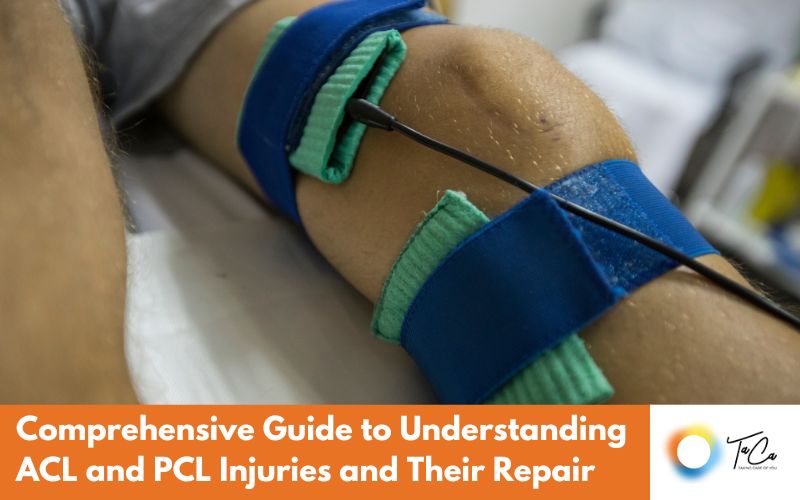The anterior cruciate ligament (ACL) and posterior cruciate ligament (PCL) are the most frequently affected ligaments when a body meets any orthopedic injury. These ligaments, are largely situated inside the knee joint, serve an important role in maintaining joint stability. These ligament injuries have a significant impact on mobility and can lower overall quality of life.
Understanding ACL and PCL Injuries
The ACL, which is located diagonally in the middle of the knee, stops the tibia from sliding in front of the femur, it is the function of ACL. An incorrect landing after a jump or a quick change in direction can both strain or tear the ACL. The immediate symptoms include a sharp pain that comes on suddenly, a loud “pop” sound, a quick swelling, and instability when bearing weight.
The PCL, which is positioned at the back of the knee, on the other hand, works to stop the tibia from sliding backward. Usually, a direct impact—such as in car accidents or sports activities where the knee is bent and the ground strikes it forcefully—causes injury to the PCL. Mild symptoms, such as slight swelling, knee instability, and trouble walking, are frequently present with PCL injuries.
ACL and PCL injury diagnosis
Expert orthopedic specialists use cutting edge diagnostic tools to identify ACL and PCL injuries. The procedure begins with a physical examination to determine the knee’s range of motion, stability, and tender spots. Imaging methods like X-rays, MRIs, or ultrasound are used to further assess the severity of the injury.
Options for ACL and PCL Injury Treatment
The severity of the injury, the patient’s level of activity, and their general health all affects how the treatment plan for ACL and PCL injuries will be prepared. Physiotherapy, braces to stabilize the knee, and pain management techniques are examples of non-surgical treatment options.
However, surgical intervention is frequently required in cases of severe or complete ligament tears or when the patient is an athlete hoping to resume sports. The full functionality of the knee can be recovered through surgical repair or reconstruction. These procedures involve replacing the damaged ligament with graft tissue from the patient’s body or from a donor, and then fixing the new ligament in place.
After-Operation Rehabilitation
Following ACL or PCL surgery, recovery takes place gradually and includes a mix of rest, physical therapy, and a graded return to activities. Patients can regain strength, mobility, and function with the aid of customized rehabilitation programs.
Finally: Although ACL and PCL injuries can be very difficult to recover from, with the right care and treatment, patients can regain their mobility and knee function. The knowledge and cutting-edge resources required to support patients through the journey from a precise diagnosis to cutting-edge treatment options and customized recovery plans are available at institutions like TaCa Center for Surgery. Embark on a path to recovery and restored mobility by placing your trust in the appropriate care.






